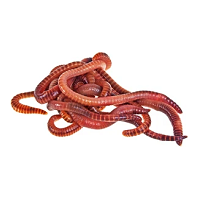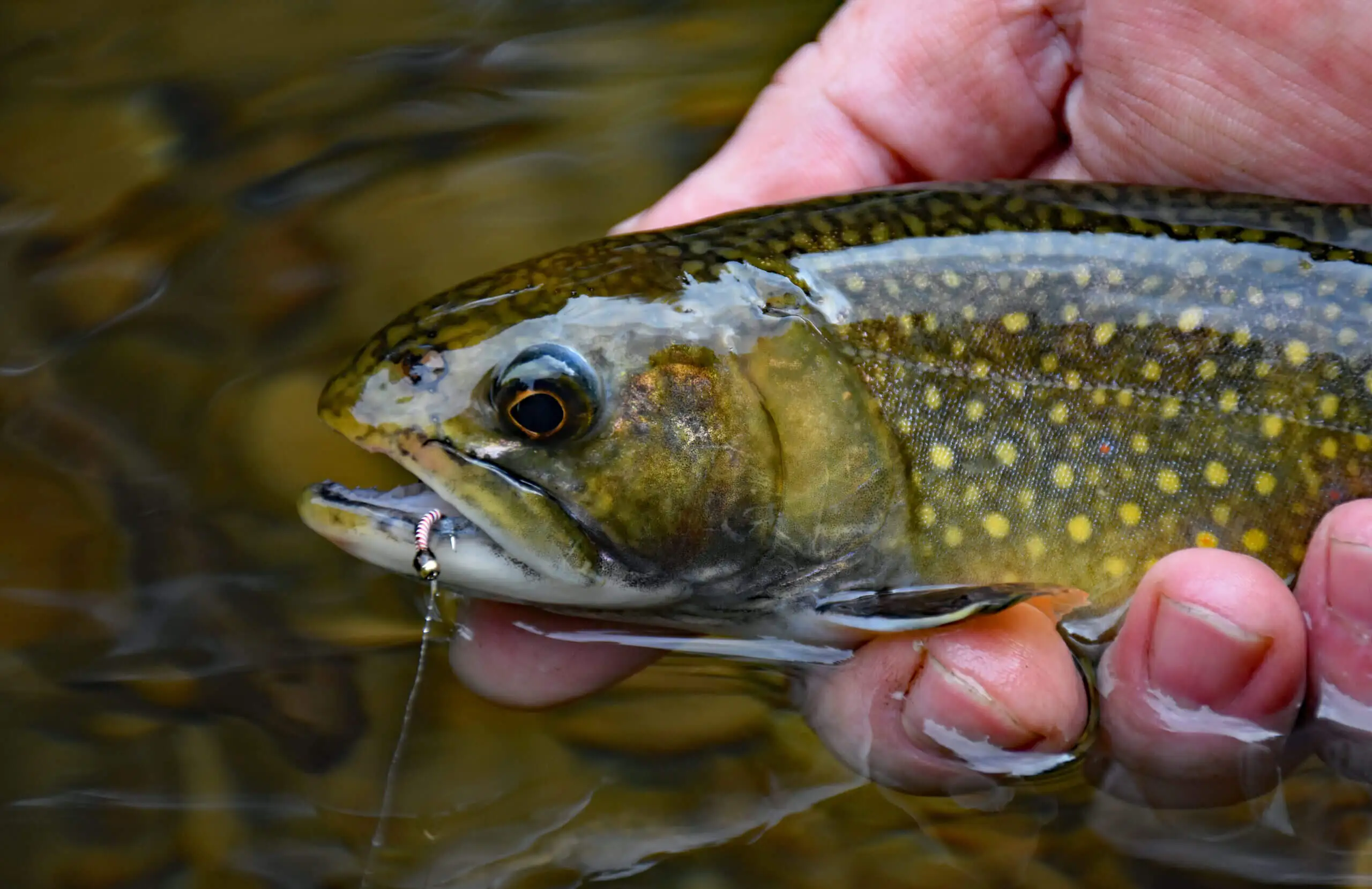How Where To Find Red Wigglers can Save You Time, Stress, and Money.
How Where To Find Red Wigglers can Save You Time, Stress, and Money.
Blog Article
7 Easy Facts About Where To Find Red Wigglers Shown
Table of ContentsThe Greatest Guide To Where To Find Red WigglersThe 9-Minute Rule for Where To Find Red WigglersThe 7-Second Trick For Where To Find Red WigglersWhere To Find Red Wigglers - QuestionsWhere To Find Red Wigglers Things To Know Before You BuyWhere To Find Red Wigglers Can Be Fun For Everyone
For finest results, you desire to fire for concerning 60-70% wetness level. At the perfect dampness degrees which is simply under 70% that handful ought to hardly generate one drop of fluid.
The Indian Blue is ravenous, however also favors a warmer environment and it also exhibits a propensity to escape the container. The red wiggler is a hardy worm and isn't as fussy regarding its environment. I such as to call it the Ford Taurus of vermicomposting worms; you won't boast to your hardcore composting buddies that you possess them, but they will certainly serve you well.
As Tap showed, a fishermen can do a great bargain to make a worm much more appealing.
Where To Find Red Wigglers - Questions
I assume you will certainly as well if you try them. The smaller sized the trout stream, the far better worms work is an axiom that hasn't transformed in the 100-plus years because Perry composed his short article. Anglers of his period just stuck their rickety fly poles via alder tangles and dropped a heavy worm into a deep hole.
Early morning is prime feeding time, and the weightless lure's slow-moving descent leaves 5 inches of wriggling protein completely view for rather a while. After you have actually made the cast, maintain the bail open and put the pole in a forked stick. The line will drop off the pole in slow loopholes as the worm resolves, however more often than not the sluggish loops will come to be a blur, and the early morning will unexpectedly get rather fascinating.
You can fish deep and cover a great deal of area, and the spider appears to be the best touch for this transitional time, when the smallmouths have yet to lock on to a recommended forage. Dark jigsblack, brown, and purpleseem to match the nightcrawler's shade. I usually make use of an entire 'spider, like marabou clothing, and go down the rod for 2 or three seconds when I get a hit.
And identifying bottom from a bite can be hard. The method is to ease the rod back to the strike (possibly a foot) and really feel for life at the end of the tightening up line. If it's there, set the hook with a sweep as opposed to a jerk. Every so often you'll discover yourself hooked to those sluggish, passionate pulls, and feel the weight of a great walleye.
The Only Guide to Where To Find Red Wigglers
When the heavy walleyes move on to the big-water shoals in the late summer season, attempt going after them with a bucktail jig and a 1-inch pinch of nightcrawler. The lure covers the hook factor, deflects weeds, and provides a taste of prey. With absolutely nothing dangling or waving, it remains safe and secure no matter of present, casts, or enthusiastic panfish.
Whether you're wading or fishing from a boat, wandering worms is among the fantastic searching strategies for larger rivers. For trout, a spade-dug, 4-inch yard worm is the ideal dimension; for bass, walleyes, and steelhead, a nightcrawler might be a far better selection. The secret is to drift the bait with feeding and holding areas because fish in current are not going to ferret out the bait, as they may in still water.
Strikes will certainly come as a sharp pull as opposed to a pull or rap. Fish the shifts: mouths of tributaries, bank-side slicks, and the edges of big pools. As the late Ed Zern, Area & Stream's excellent humorist, once placed it: Anglers are born sincere however they overcome it. His rule uses to any number of angling maneuvers, including the issue of adding an item of worm to a damp fly.

What Does Where To Find Red Wigglers Do?
Fill it with shredded paper, leaves, peat moss, and soil. Moisten gently. Cover and allow rest for a week. Add a few hundred worms and feed them 2 times a week. Maintain the bed linen damp yet not wet. On the menu: lettuce, fruit and veggie waste, and the periodic nongreasy extra.
Simply like veggie scraps, you can take your used coffee grounds and include them to a worm box. Worms love eating coffee grounds.
When the heavy walleyes relocate go to this site on to the big-water shoals in the late summertime, try pursuing them with a bucktail jig and a 1-inch pinch of nightcrawler. The bait covers the hook point, disperses weeds, and supplies a taste of prey. With nothing dangling or waving, it continues to be secure no matter of current, casts, or enthusiastic panfish.
Fascination About Where To Find Red Wigglers
Whether you're wading or angling from a boat, wandering worms is among the fantastic searching approaches for bigger rivers. Where To Find Red Wigglers. For trout, a spade-dug, 4-inch garden worm is the ideal size; for bass, walleyes, and steelhead, Read Full Article a nightcrawler might be a better option. The trick is to wander the bait through feeding and holding areas since fish in current are not mosting likely to chase down the bait, as they may in still water
Strikes will certainly come as a sharp pull instead of a pull or rap. Fish the shifts: mouths of tributaries, bank-side slicks, and the sides of large pools. As the late Ed Zern, Field & Stream's wonderful humorist, when placed it: Anglers are born truthful yet they get over it. His motto relates to any variety of angling maneuvers, including the matter of adding a piece of worm to a wet fly.
But increasing your very own bait suggests you can unclothe the home and hit the pond before Mama comes homejust like in the old days. Right here's just how to maintain a worm box: Cut a sheet of CDX-grade plywood, which is click here for more info made with water-resistant glues, to your measurements. Accomplish together and drill a dozen 12-inch holes in the bottom for water drainage.
All About Where To Find Red Wigglers
Load it with shredded newspaper, leaves, peat moss, and soil. Moisten lightly. Cover and allow sit for a week. Add a few hundred worms and feed them two times a week. Maintain the bed linen wet but not damp. On the menu: lettuce, fruit and vegetable waste, and the periodic nongreasy leftover.
Much like veggie scraps, you can take your used coffee grounds and add them to a worm box. Worms love consuming coffee premises. With the right problems and moist, healthy soil, worms can stay in a bucket of dirt for around 3 weeks. Store out of direct sunlight and maintain a temperature level between 50 and 80 levels.
Report this page